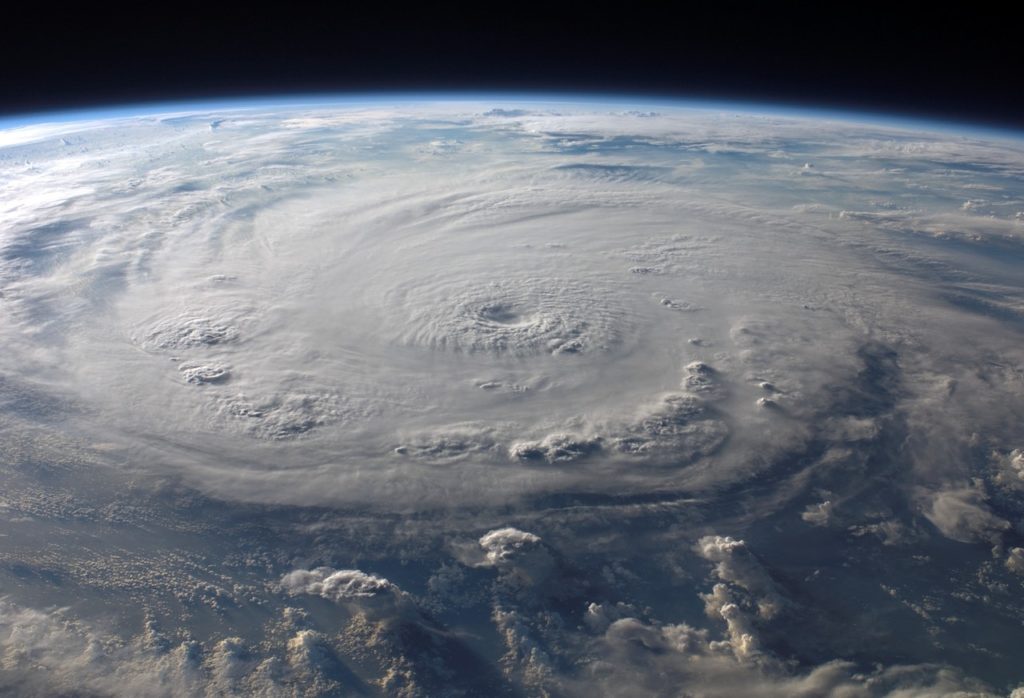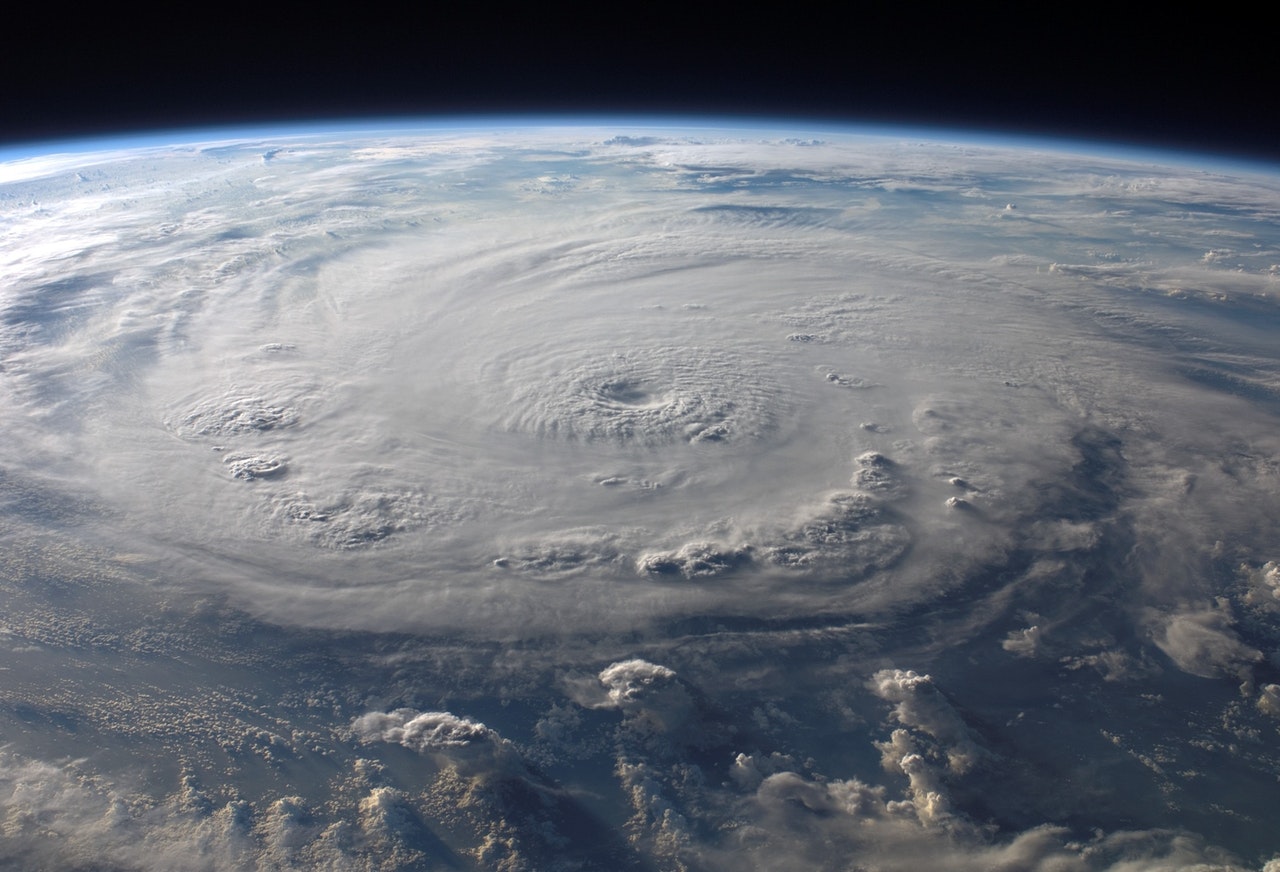I learned this today. Hurricanes and tornados are not the same thing.
Hurricanes, typhoons. and cyclones always form over the sea. Incidentally, hurricanes, typhoons, and cyclones are all different names for the same thing, except they form in different places. Hurricanes are tropical storms that form over the North Atlantic Ocean and the Northeast Pacific. Cyclones form over the South Pacific and the Indian Ocean. Typhoons form over the Northwest Pacific Ocean. I’m going to use the word hurricane to mean all three.
Hurricanes form over warm sea, near the equator. The water temperature has to be about 27℃ or higher. When the sea is warm, the warm moist air begins to rise. This leaves a low pressure gap underneath and colder air rushes in to fill this gap. That air then warms and rises, pulling in more cold air. This cycle of rising air repeats.
When the warm moist air hits the cooler atmosphere, it loses its energy and the water molecules form clouds. The cooler air descends back down to repeat the whole cycle. The cool air descends down in the middle of the storm, known as the eye of the storm. This is a calm area right in the center of the storm and is an area of low pressure.
As the warm air rises and sucks in cold air, the whole weather system starts to rotate because of the rotation of the Earth. Storms that form north of the equator spin clockwise and storms that form south spin anticlockwise.
As the storm spins, the winds pick up speed. The biggest storms are category 5, and they can have winds of up to 281km/h. There is no category 6, but with every degree that manmade climate change causes the planet to warm, the windspeeds could increase by up to 5%. So, in the future, we might have 320km/h storms.
When the hurricane makes landfall, it usually dies away because it needs to be fed a constant supply of warm moist air. Over land, this supply disappears, and the hurricane usually dissipates.
A hurricane is usually about 300 miles wide.
A hurricane should not be confused with a tornado. A tornado is a rapidly rotating column of air that is both in touch with the ground and a cumulonimbus cloud. They form from a thunderstorm called a supercell. In the center of a supercell, the air can start to rotate, up to 6 miles above the ground. As the cloud rotates, more rain falls. This extra rain pulls the air from the base of the cloud down towards the ground and it pulls the rotating section down. The rotating sections starts to suck in cool moist air that is coming down from the cloud and warm moist air that is coming up from the ground. This makes the cloud spin even faster. It creates an area of low pressure, which pulls the spinning section down even lower until it touches the ground.
Most tornadoes are about 100m across with windspeeds of 180km/h, but the biggest tornados can reach 2 miles across with windspeeds of 480km/h.
So, hurricanes are giant tropical storms that form over warm water and rotate because of the rotation of the Earth. Tornados are smaller rotating columns of air that are pulled out of a thunderstorm by sinking low pressure. However, they can both be extremely dangerous. And this is what I learned today.
Sources
https://en.wikipedia.org/wiki/Tornado
https://www.livescience.com/32179-how-strong-can-a-hurricane-get.html
https://en.wikipedia.org/wiki/Tropical_cyclone
https://www.wtoc.com/2020/03/31/how-do-hurricanes-form/
https://spaceplace.nasa.gov/hurricanes/en/


